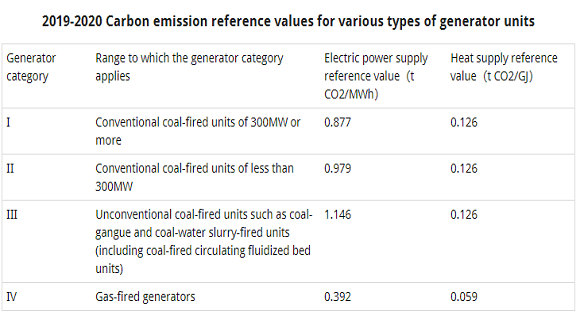

The current account deficit widened to €3,867mn in August, compared with a deficit of €1,735mn in July, and significantly worse than the consensus (€1,493mn). The marked widening of the current account balance deficit resulted primarily from a significant deterioration in the goods trade balance, driven by higher coal imports
This is the second largest monthly trade deficit this year. According to the National Bank of Poland commentary, this was mainly the result of higher demand for energy commodities, primarily coal. The geographic structure of fuel imports changed significantly – Russia ceased to be Poland’s main trading partner in this area. Imports of auto parts, among other things, also increased. Imports in total increased by 28% year-on-year, following a 21% rise a month earlier.
On the export side, a significant increase in automotive sales was observed, both in parts (especially batteries and engines), as well as new cars and vans. In tandem with increased imports of car parts, this suggests a general recovery in the automotive industry, likely linked to less severe supply chain disruptions. Exports to Ukraine, including fuel, among others, rose strongly for another month. In August
total exports rose by 25% YoY, following a 19% increase the month before. The strong foreign trade turnover is largely the result of global price pressures.
The primary income balance recorded a deficit of €3,073mn, up from €2,311mn a month ago. Income from direct investment in Polish entities accounted for the vast majority (nearly 85%). However, this time it was not offset by the balance of services, which closed August with a surplus of €2,161mn, the lowest this year. The month before, it amounted to €2,332mn. Both higher imports of services than the month before and lower exports were responsible for its decline.
The current account balance’s weak performance in August confirms that its 12- month deficit will widen in the coming months. It widened to 3.9% of GDP in August from 3.6% of GDP after July. It should reach around 5% of GDP by the end of the year. This is one of the key reasons for the observed weakness of the zloty. In particular, Poland has not gained access to the Recovery Fund, the exchange of which in the market for the zloty would counterbalance the deteriorating trade balance.
Piotr Poplawski
Senior Economist, Poland
piotr.poplawski@ing.pl













